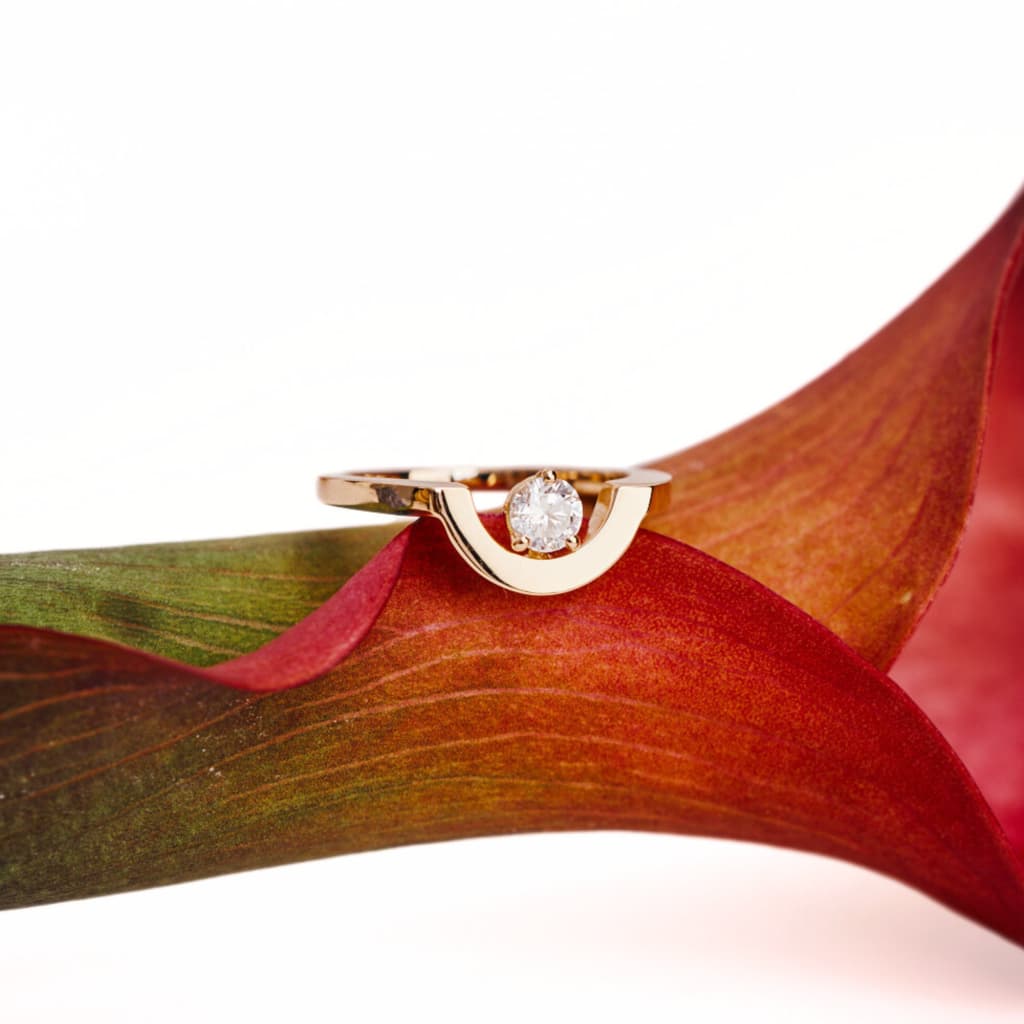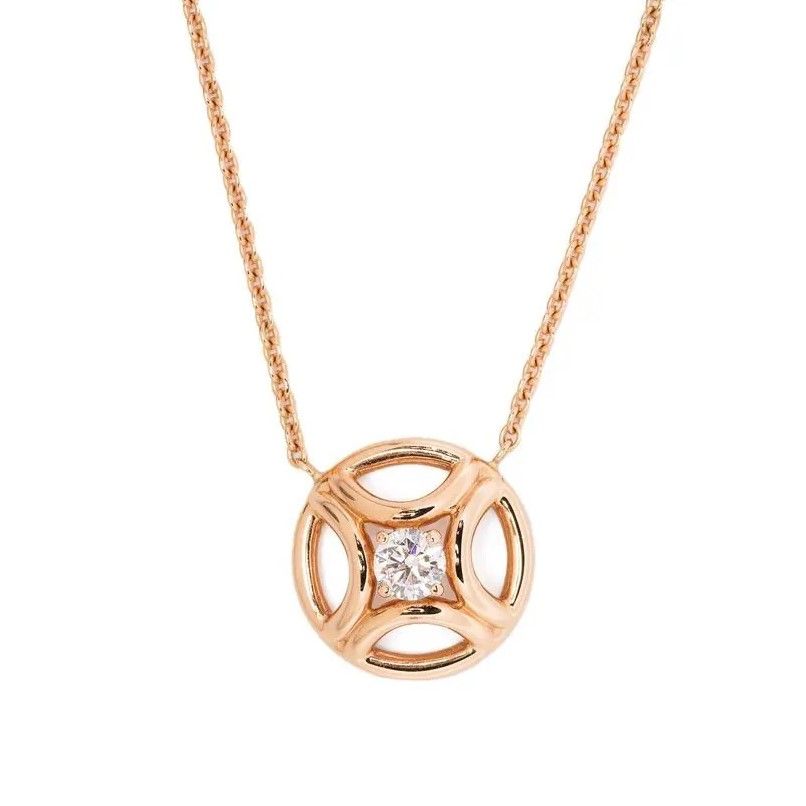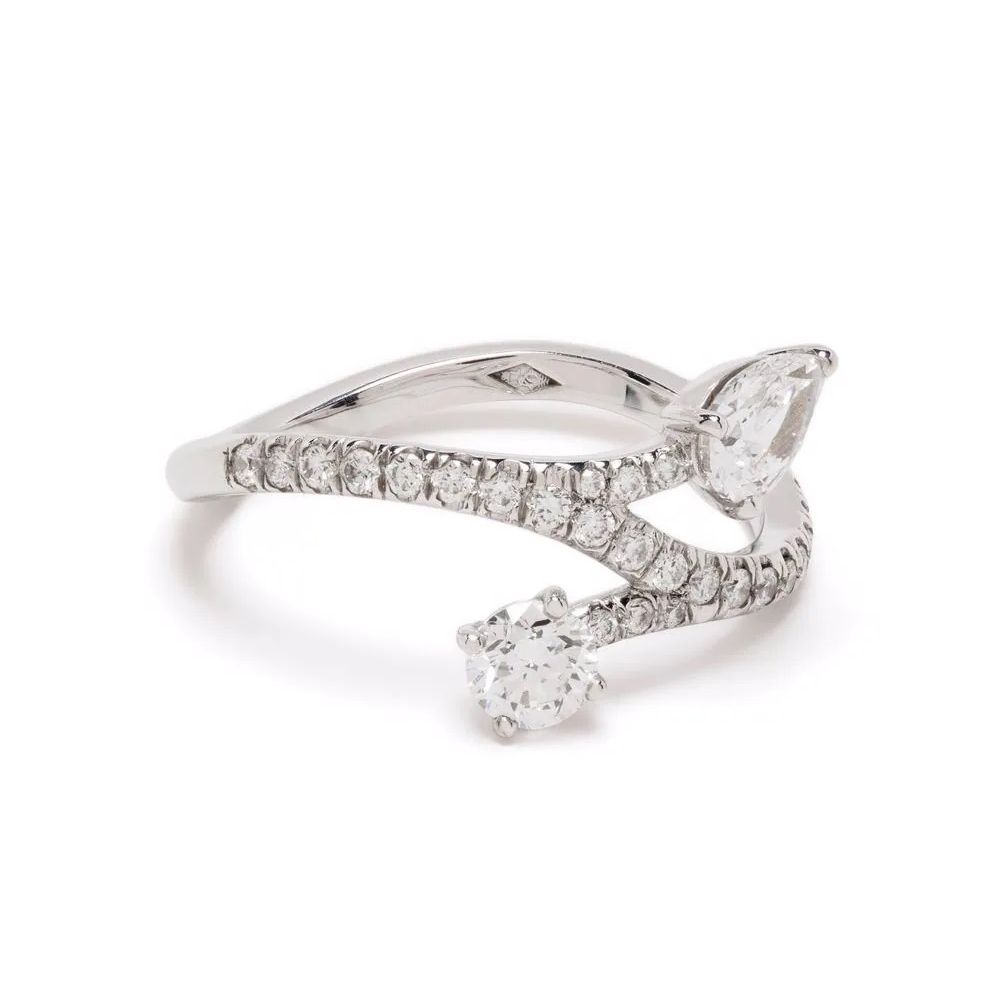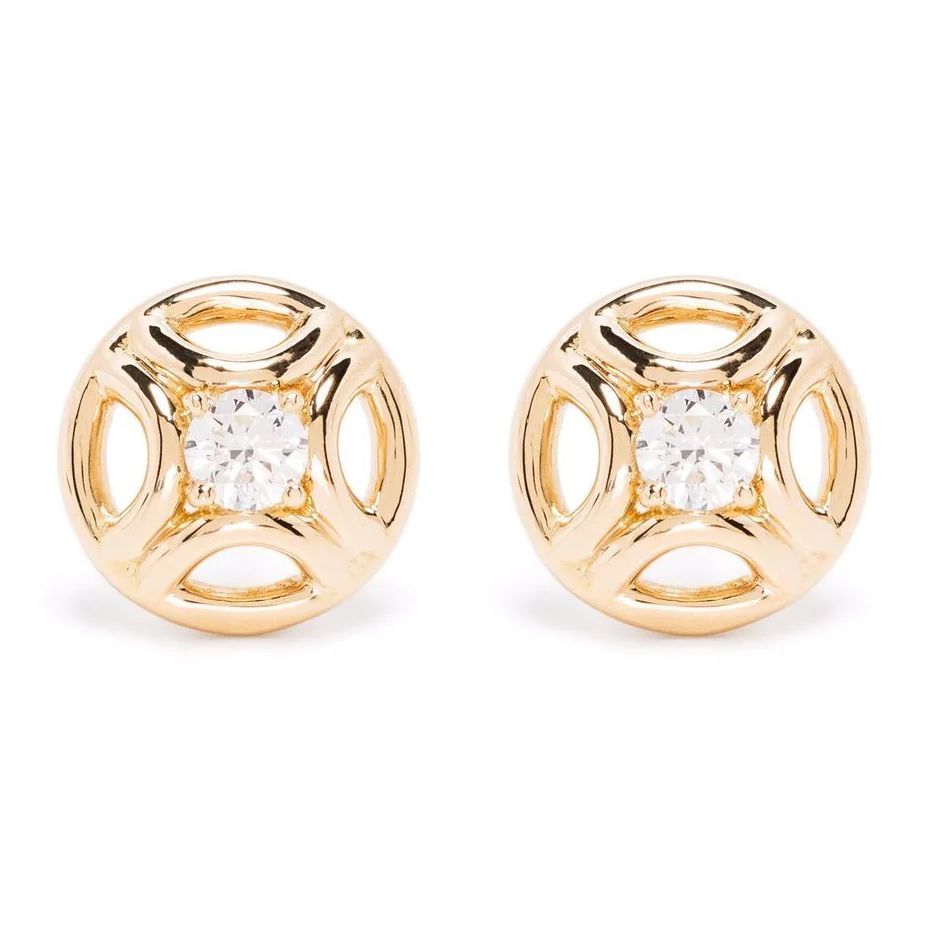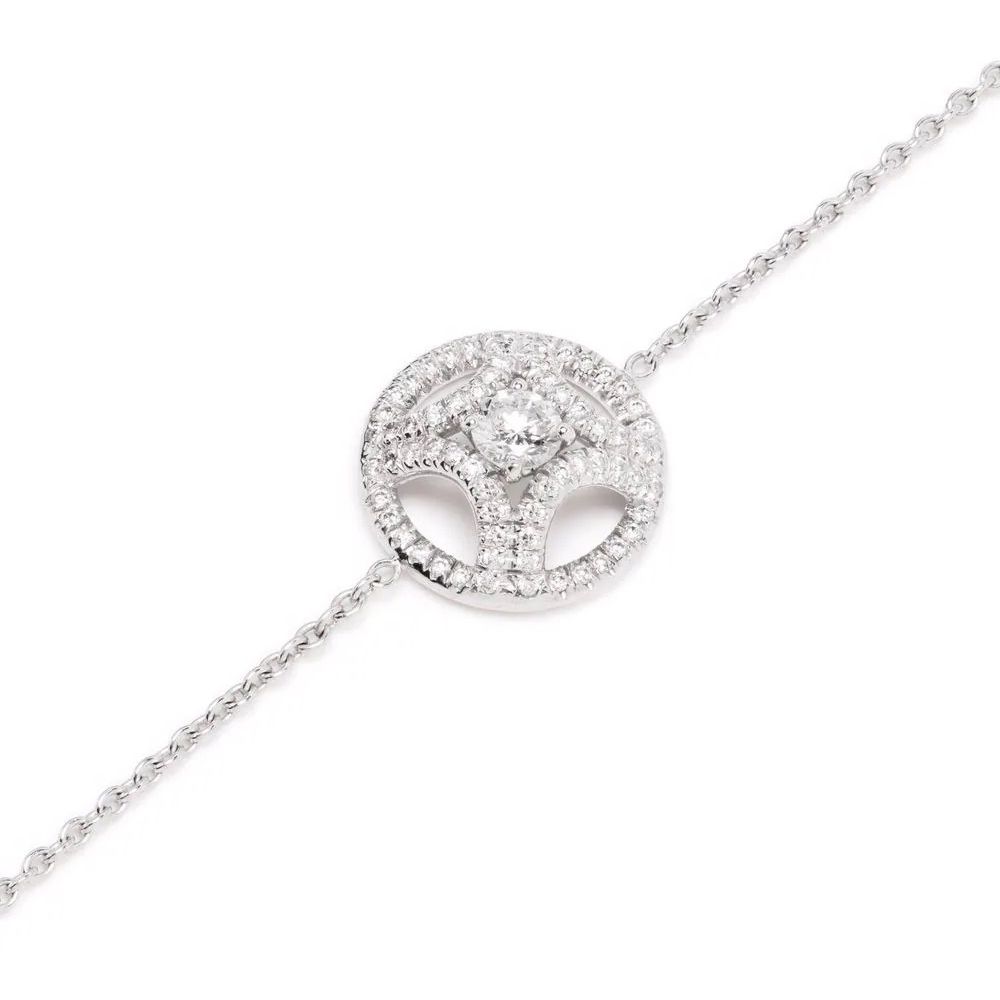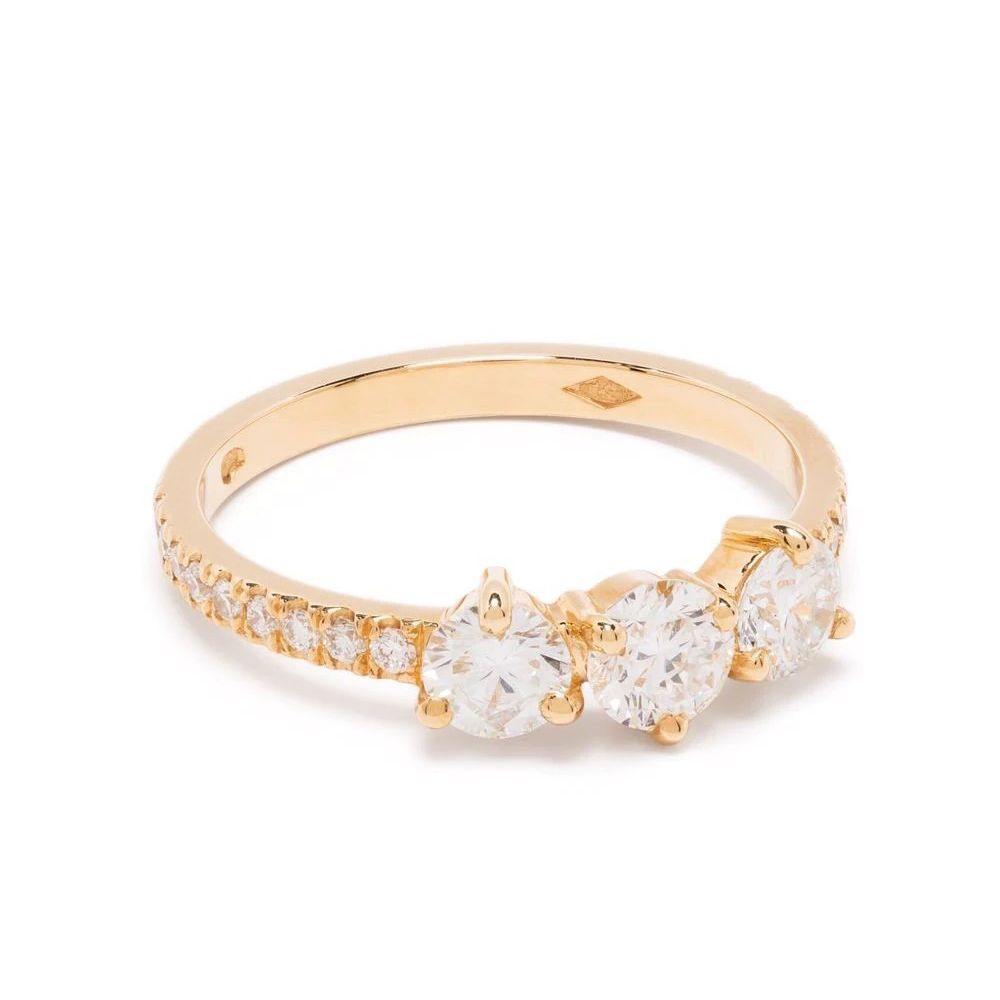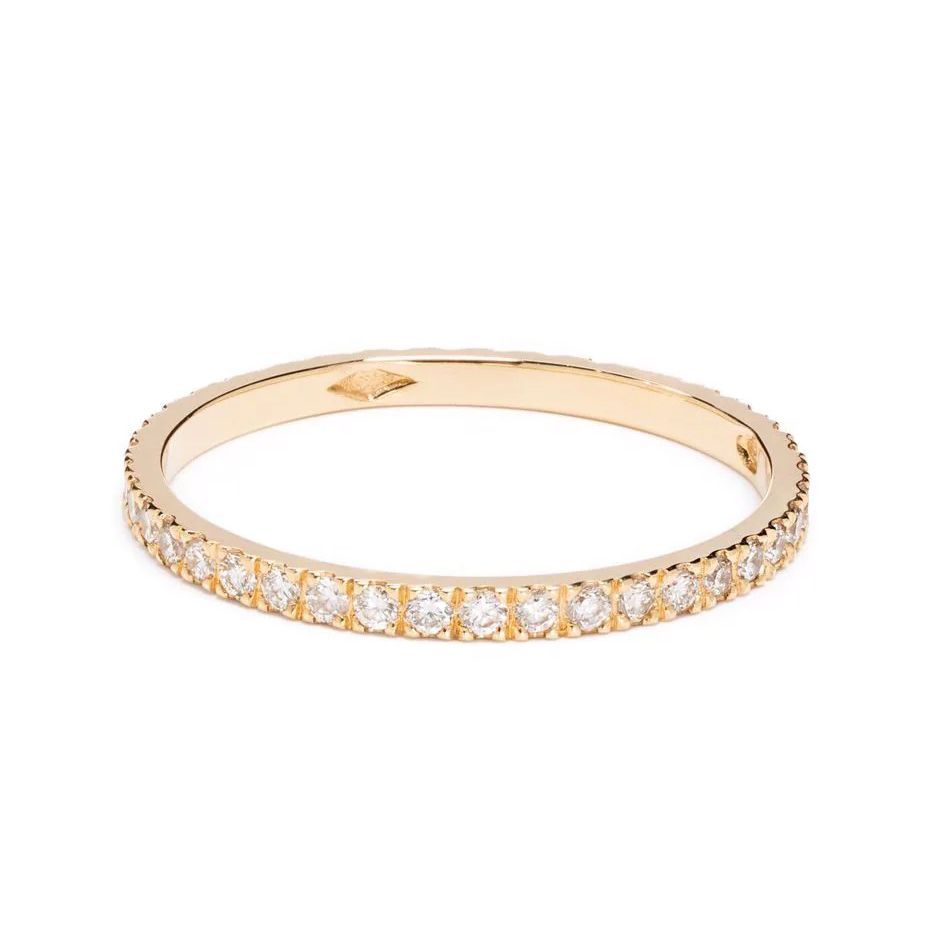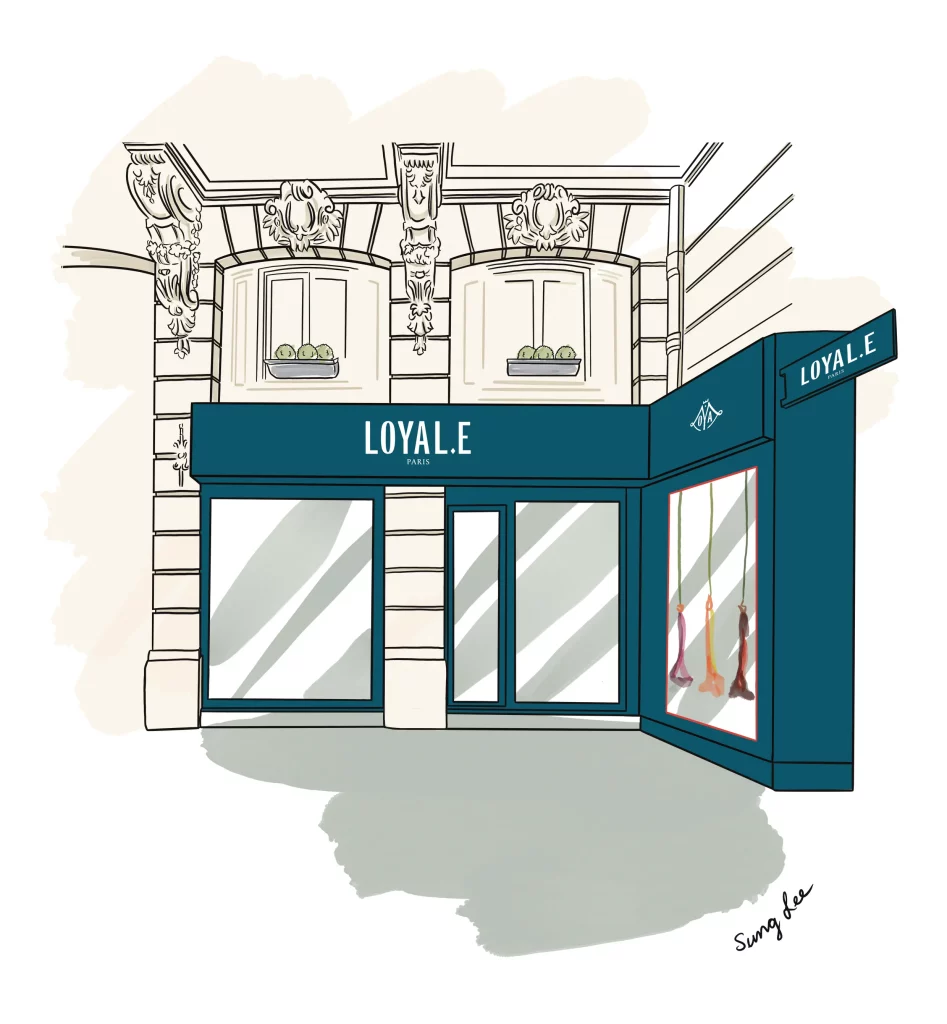How to choose your diamond?
HOW TO CHOOSE YOUR DIAMOND?
Diamond is without a doubt the most famous precious stone. The most mysterious too. Of incomparable brilliance, it reflects and refracts light like no other. A flawless diamond, perfectly cut, casts tiny rainbows in a breathtaking show of sparkle and contrast. The hardest mineral on Earth, it doesn’t get scratched, making it the perfect partner in your everyday life.
Choosing your diamond is a moment you will remember for the rest of your life. Finding the one-of-a-kind stone that will reflect your individuality can be a difficult task.
What is the value of a diamond? How to assess the quality of a diamond? What mistakes to avoid when choosing a diamond? All that and more in our guide to help you navigate the mysteries of diamonds. Forever starts now!
Before diving in the quality of a diamond, let’s take a look at the different shapes a stone can take.
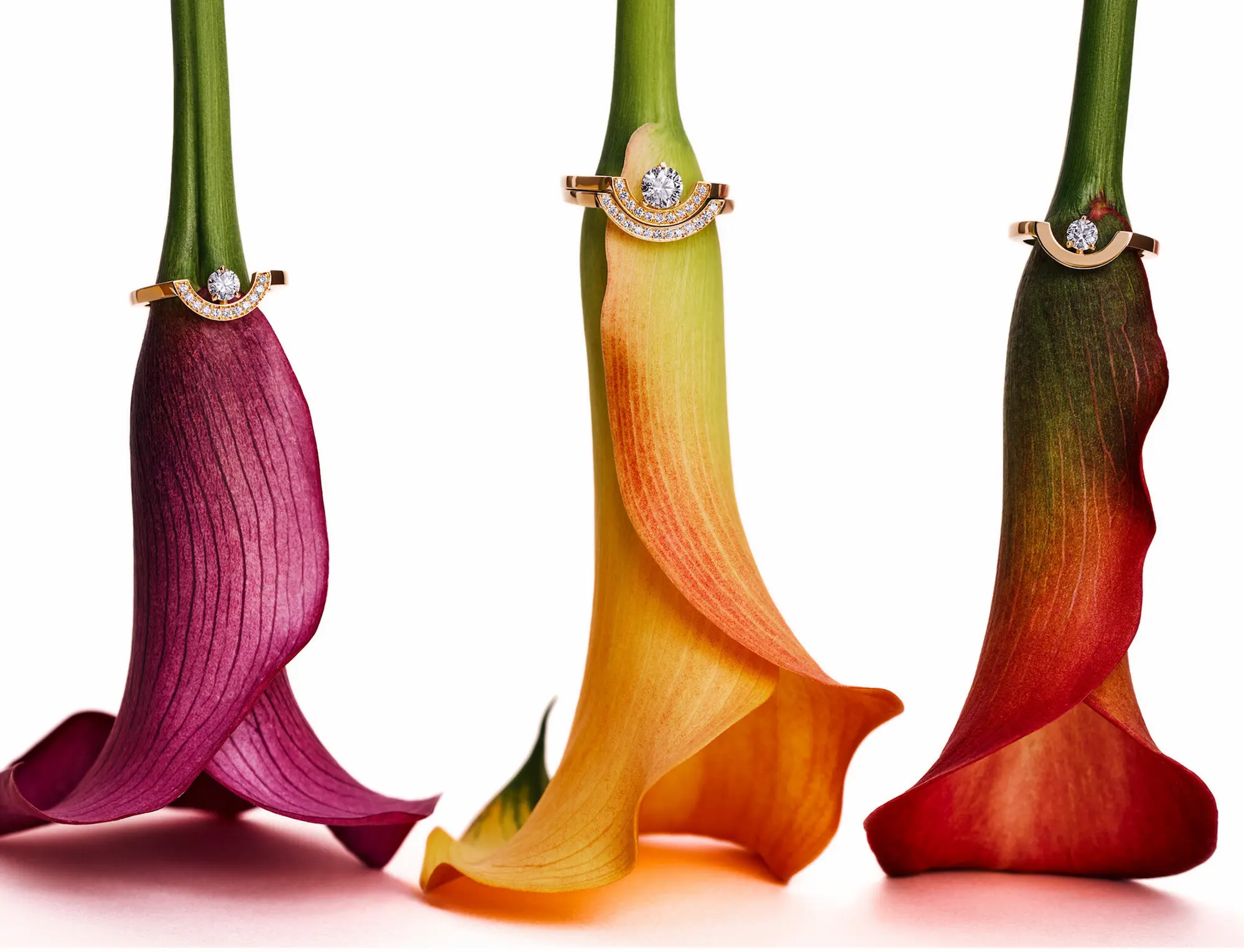
1. Which diamond shape should you choose?
We start with this first question as it is the most personal one.
Diamonds are cut in many different shapes, round brilliant to cushion, emerald to pear and more. Some optimize brilliance. Some appear more classic, others more avant-garde. Each shape has its unique appeal. Choose the one you feel more attracted to, the one that will reflect your unique style and charisma.
The round brilliant cut is by far the most popular diamond shape, and most used in fine jewelry collections, as it is perfectly cut to optimize brilliance. If ever in doubt, choose the round brilliant cut and you will be sure to witness breath-taking reflections of light.
Here are some other highly appreciated shapes:
The cushion cut features rounded edges that soften the corners of this square diamond. It is a unique twist on the classic round brilliant for a jewel that reflects your unique style.
The pear cut adds a touch of originality, resulting in a tasteful teardrop for an intense sparkle.
The emerald cut is the most glamorous. This octagonal step cut features mesmerizing symmetry, revealing the stone’s pure colour and icy clarity. It is a choice for the bold and retro spirits.
Our bespoke service would be happy to help you select your favourite diamond shape and design your unique jewel. Contact our diamond experts to start bringing your dream to life.

2. How to assess the quality of a diamond?
The quality of a diamond directly impacts its value (although this will not be the sole factor).
Diamond quality is rigorously measured by the universal grading system also known as the 4Cs: Carat, Colour, Clarity and Cut. Discover what the 4Cs are to make an informed decision when choosing your diamond.
Diamond carat
Contrary to common beliefs, carat refers to the weight of a diamond, not the size, with one diamond carat equalling 0.2 grams.
The higher the carat, the more expensive the diamond is, due to its scarcity (1 carat diamond is more expensive than 2 diamonds of 0.5ct of the same quality).
Historically, the weight of the diamond played a predominant role vs. the stone’s quality (larger stones of lower clarity were favoured). However, there has been a shift in preferences. The quality of the stone (clarity, colour and cut) is of much greater importance because it impacts how the diamond reflects light and therefore its brilliance and beauty.

Diamond colour
Diamonds occur in a variety of colours from ice white to yellow.
The diamond industry uses a colour scale to classify diamonds by quality. The scale extends from D to Z. Diamonds with a poor colour grade can appear milky or dull, instead of the desired brilliant white.
Most renowned jewelry houses (such as Place Vendôme jewellers) exclusively select colourless diamonds, graded from D, E to F.
If you are looking for a valuable diamond with a breathtaking brightness, we recommend you to choose only within those criteria.
At Loyal.e, we hand-select each and every one of our diamonds, choosing from D, E, or F (colourless) colour stones exclusively.

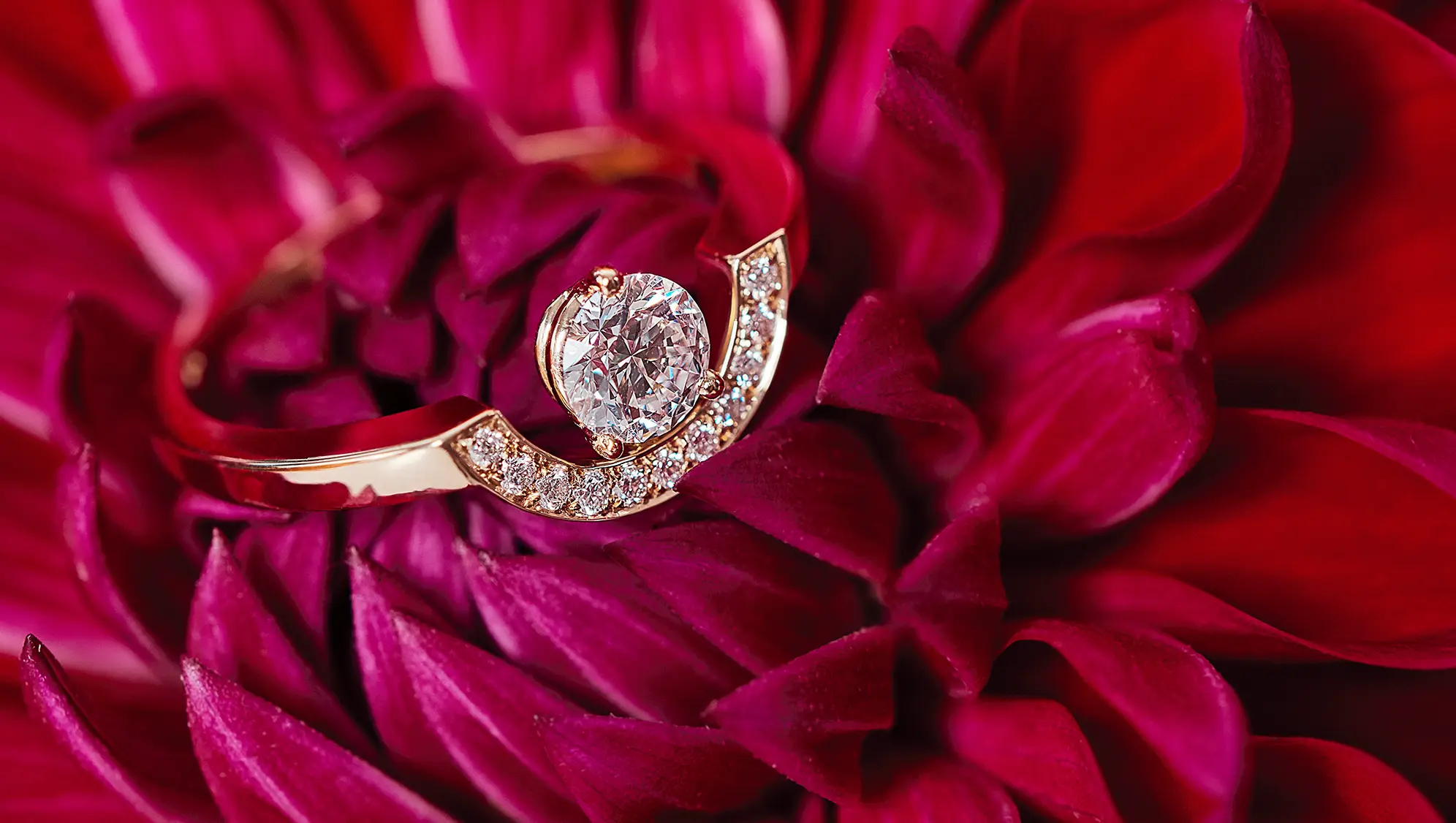
Diamond clarity
Diamonds are formed under extreme heat and pressure. This process can sometimes lead to internal features or inclusions in the diamond structure (for example, due to uncrystallized carbon).
Inclusions can have a direct influence with the way light is reflected. Diamonds with fewer inclusions are therefore evaluated to be of a higher clarity and quality.
Clarity is graded from FL (flawless) to I (included).
To guarantee the value of a diamond, and to avoid having a diamond with visible inclusions, we recommend you select a stone with a minimum clarity of VS (very slightly included) or above. World renowned jewellers choose diamonds according to these standards.
At Loyal.e, we rigorously select our diamonds with a clarity of IF, VVS, or VS exclusively.

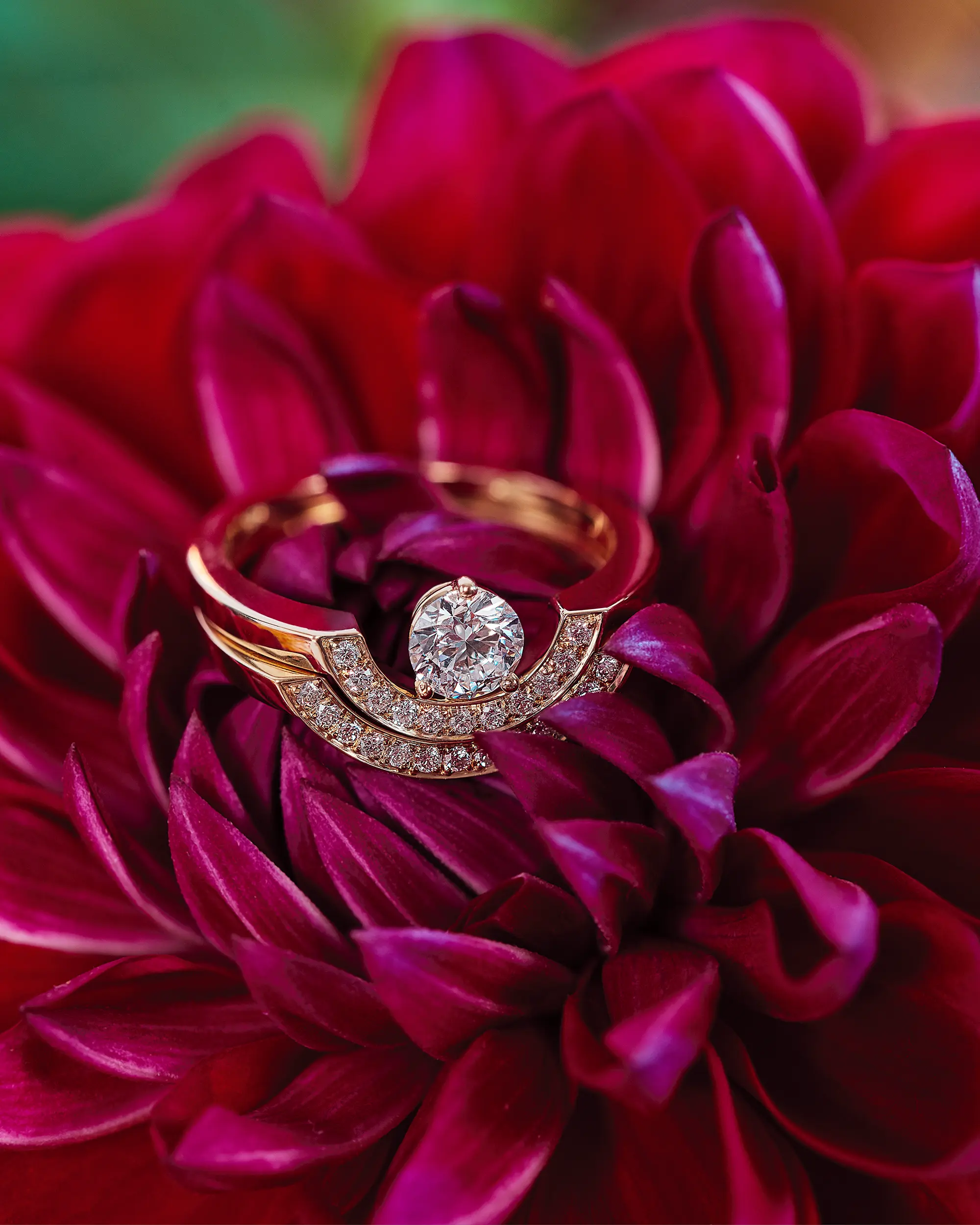
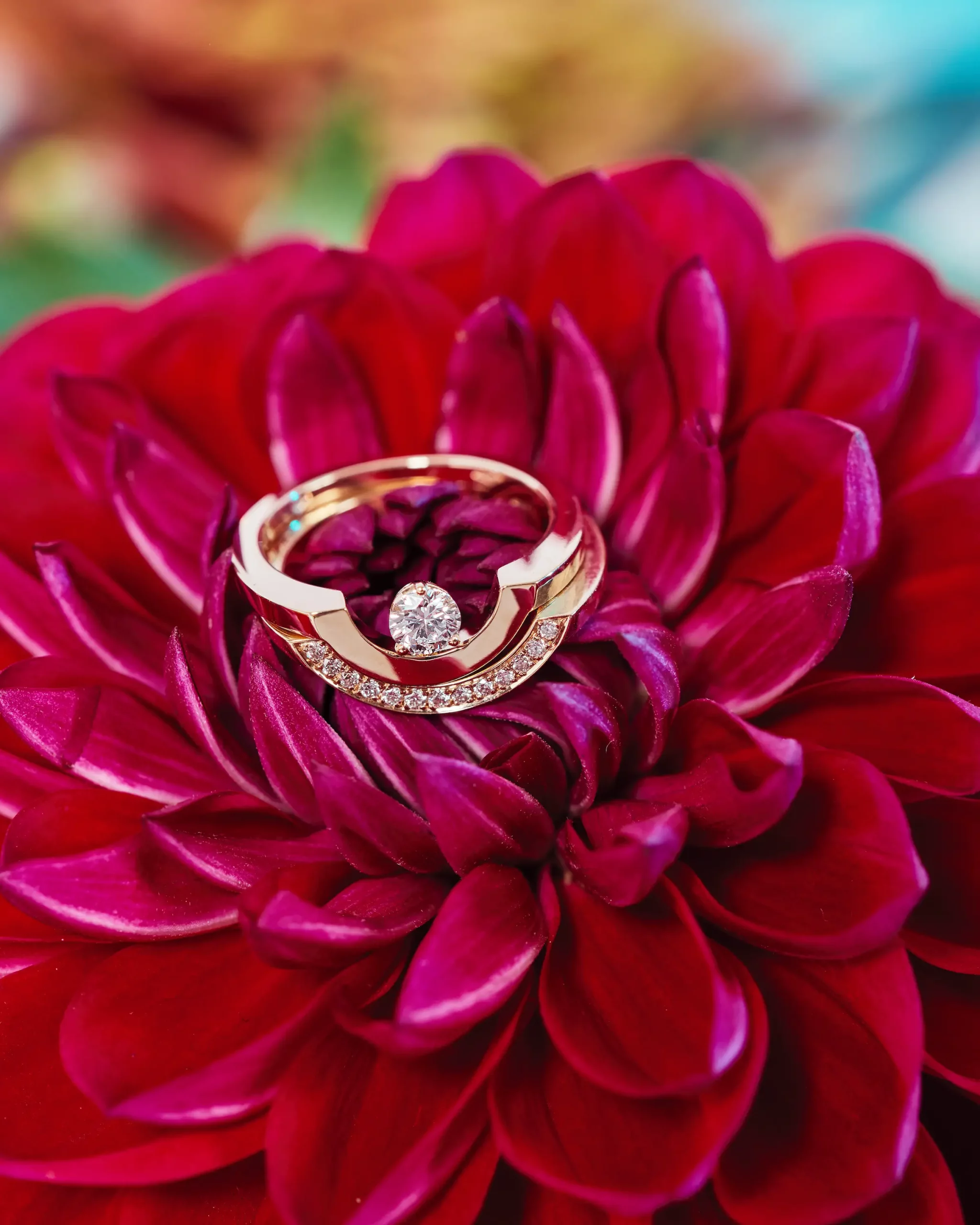

Diamond cut
Cut is the only diamond grading criterion affected by human hands. It requires great technical expertise and fine artistry to create perfect angles and proportions to maximize sparkle and brightness.
An expertly cut diamond with perfectly symmetrical facets and a flawless polish will reflect and disperse light from within in a mesmerizing way. Conversely, a wrong cut will make the stone dull, regardless of its purity itself.
Cut is measured on the following scale: Ideal or Excellent, Very Good, Good, Fair and Poor.
To maximize the potential of your diamond, we advise you to choose exclusively Ideal or Excellent cut stones. Otherwise, your diamond will never shine to its brightest. All Loyal.e diamonds have an Ideal or Excellent cut exclusively.

3. Aside from its inherent quality, what factors affect a diamond’s value?
Aside from the 4Cs, other factors have an important impact on the value of your diamond. Keep them in mind when making your choice.
The diamond’s provenance and its human and environmental impact
The value of a diamond is intrinsically linked to its provenance.
A diamond can be created in a laboratory (lab grown diamond) or extracted from a mine. We strongly advise against buying a diamond without knowing its provenance, condition of extraction or growth, and without a guarantee of traceability, or else this might impact its value over time.
Concealed to the public eye for a very long time, the human and environmental impact of the mining industry is now being exposed. Although new standards and certifications are being put into motion, they are far from solving the real problems.
Besides, a mined diamond goes on average through 10 to 15 middlemen from its extraction to your hands, inflating its price and making complete traceability very difficult.
Committed to making no compromise between beauty and ethics, we believe diamonds should be conflict-free and climate-neutral. For these reasons, Loyal.e chose to exclusively work with diamonds grown in laboratories employing the most advanced technology and responsible manufacturing practices.
Thanks to this ground-breaking technology, we have the chance to obtain exactly the same diamond, but without the human and environmental impacts. Lab grown diamonds are directly sourced from the laboratory itself, ensuring a perfect traceability and avoiding middlemen. The final price of a lab grown diamond is thus more attractive, on average 40% less expensive than a mined diamond of the exact same quality.
Learn more about lab grown diamonds.
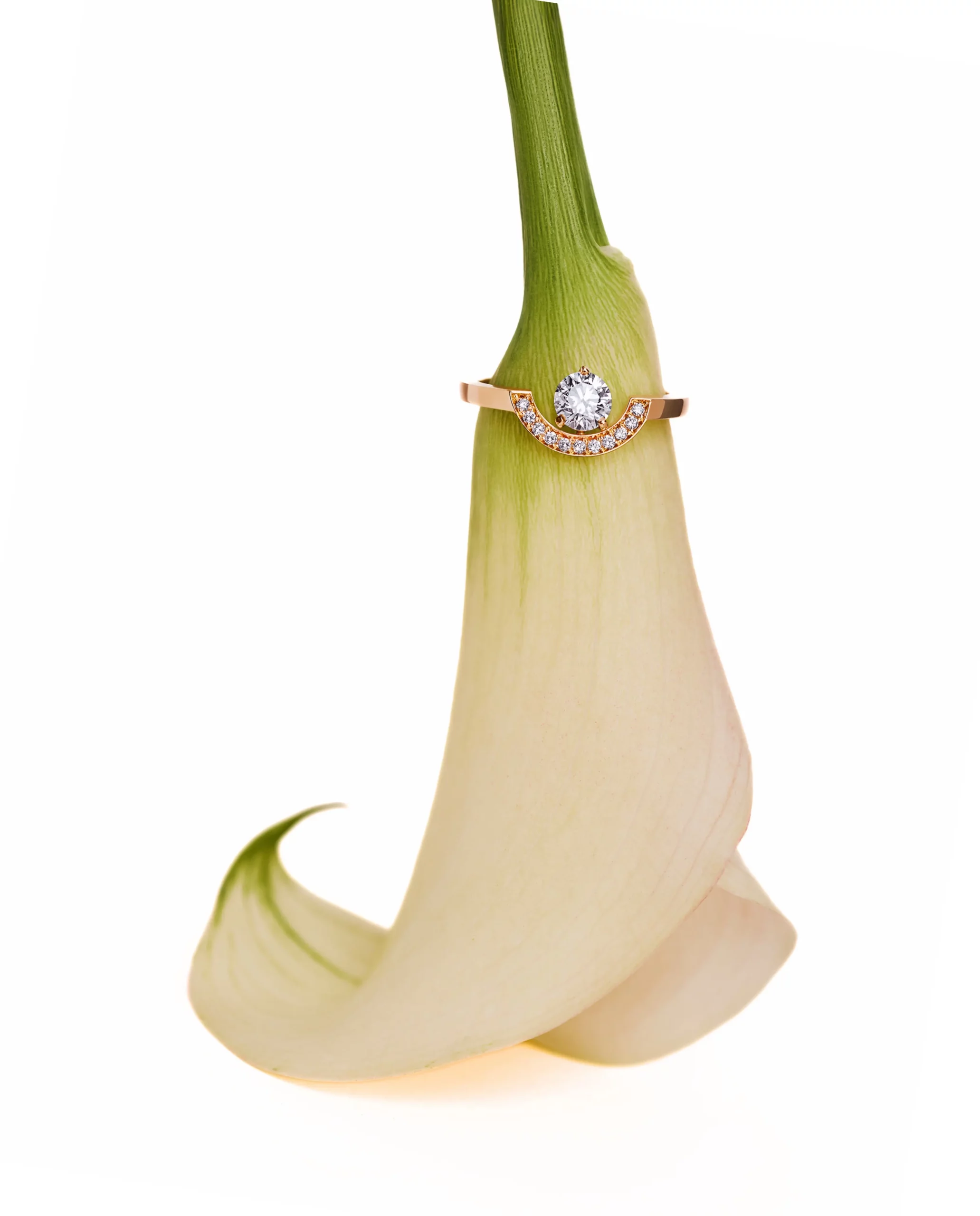
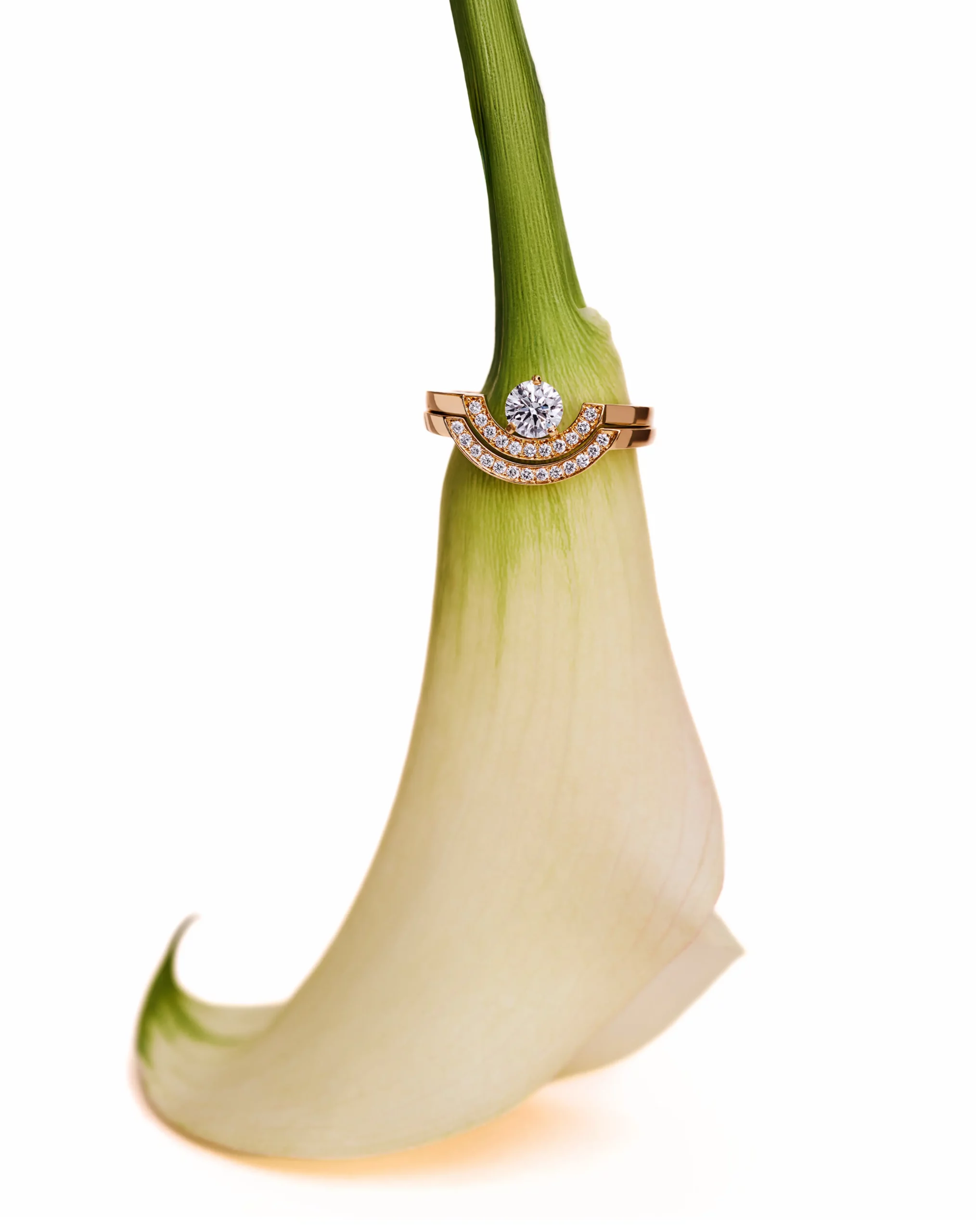

The diamond certificate of authenticity
Diamonds are coveted throughout the word. Official bodies are in charge of regulating this market, thus establishing a universal grading system.
A diamond certificate provides details on the diamond’s provenance and 4Cs. It is delivered by an independent institution. Most renowned international bodies are IGI (International Gemological Institute) or GIA (Gemological Institute of America).
To ensure its value, we advise you to request a diamond certificate for your precious stone, especially for diamonds of high carat. Loyal.e delivers a unique IGI (International Gemological Institute) certificate for each stone of 0.5 carat or above.
Your personal value
Last but not least, the most important value of a diamond is its sentimental value. A diamond should never be purchased purely on its laboratory grading report, and it should never be seen as a pure financial investment. A diamond will accompany you for life.
Trust you eye, your mind, your heart. The diamond you choose should be the one you cannot take off. Whether you wish to find the perfect gift for yourself or for your loved one, choosing a diamond is never easy. We hope this guide gave you mindful tips when making the all-important decision. To help you through this choice in a personalised way, our diamond experts would be delighted to advise you.
